The creator economy is a global phenomenon, so examining the UK-specific creator economy is crucial for understanding this market’s unique dynamics, trends, and opportunities. Also, understanding the UK Creator Economy can help businesses, policymakers, and investors make informed decisions and develop strategies to support and foster the industry’s growth. This is an all-and-out analysis, so read on.
Key Statistics
- The UK creator economy has grown significantly, with more than 8 million new creators joining since 2020
- Approximately 25% of the UK population, or 16.5 million people, describe themselves as content creators
- UK influencers earn an average of $151.03 per hour
- The global creator economy is valued at over $104 billion
- The sector is projected to grow to over $200 billion by 2026
- The total addressable market of the creator economy could double in size over the next five years to $480 billion by 2027
- There are over 300 million total creators worldwide, including 50 million creators and influencers who monetize their content
- The influencer marketing industry is valued at $16.4 billion and is expected to grow to $21.1 billion in 2023
- 65% of UK creators are employed full-time, with content creation being a side hustle
- 30% of UK creators aim to become influencers, while 35% aspire to own their businesses to make money from their content
- The average age of creators is 37, with 36% being 40 or older
- In the UK, the average content creator’s salary is $36,000 per year or $18.46 per hour
Evolution of the Creator Economy in the UK
The creator economy evolved from a time when large media companies, music labels, and publishers controlled the creator-to-fan pipeline. Since then, countries like the UK have actively participated in the creator’s business and are making waves.
In the UK, the rise of the creator economy was fueled by the increasing demand for authentic and diverse content. With platforms like Instagram, TikTok, and Twitch stimulating the creator’s economy’s growth; YouTube, specifically, has contributed over $1.8 billion to the UK’s GDP.
Ad revenue, sponsored partnerships, and subscription services also helped fuel creators’ growth. With this, creators are able to monetize their content through various online platforms by reaching their audiences directly.
Key Milestones
- UK creator economy growth: More than eight million new creators in the UK joined the economy since 2020. This accounts for approximately 25% of the population.
- Significant economic impact: In the UK’s creative ecosystem, YouTube contributed over $1.8 billion to the UK’s GDP.
- The diversification of income streams for creators makes creators monetize their content in various ways and less reliant on brand collaborations.
- Creators are able to reach audiences directly through digital platforms like YouTube, Twitch, TikTok, and Patreon.
- The need for authentic representation and diverse content drives the growth of creators.
Comparisons and Trends: UK and Global Creator Economy
A look at the UK and the global creator economy comparisons and trends is shown in the table below.
Table One: Creator economy comparisons and trends
| Comparisons/Trends | UK | Global |
| Total Numbers of Content Creators | 16.5m1 | 303m1 |
| Creators Increase since 2020 | 8m1 | 138m1 |
| Annual Salary (Content Creators) | $36,0002 | $38,000 and $99,0003 |
| Most Used Platform | YouTube4 | Facebook5 |
| Age (Instagram) | 25-346 | 18-247 |
| Age (YouTube) | 25-448 | 25-349 |
| Age (TikTok) | 18-24 | 18-249 |
| Gender (Instagram) | Female | Male |
| Gender (YouTube) | Female | Female |
| Gender (TikTok) | Female | Female |
| Influencer Ad Projection (2027) | US$1.52 billion | US$47.80 billion |
Sources: Shopify, Google, HYDP Insights, Amateur Photographer1, Talent2, Zippia3, Statista4, Statista5, Statista6, Statista7, The Social Shepherd8, Bank My Cell9, Oberlo, Social Film, Statista, The Social Shephered, Data Reportal, Statista, Smart Home Fox, Exploding Topics, Statista, Statista
Analysis of Platform Dynamics for UK Creator Economy
The existence of social media platforms serves as an assistant to the creator economy. Various platforms are supporting the system, increasing its visibility. In this analysis, the platform dynamics will focus on just three platforms: Instagram, YouTube, and TikTok.
By Age
As of June 2023, Instagram has around 35 million users in the United Kingdom (UK). The distribution of Instagram users in the UK by age group is as follows:
Table Two: UK Instagram Users Distributions
| Age Distributions | Percentage (%) |
| 13-171 | 4.4 |
| 18-241 | 24.8 |
| 25-341 | 28.8 |
| 35-441 | 19.1 |
| 45-541 | 11.7 |
| 55-641 | 7.5 |
| 64-above1 | 3.9 |
Graphical Representation
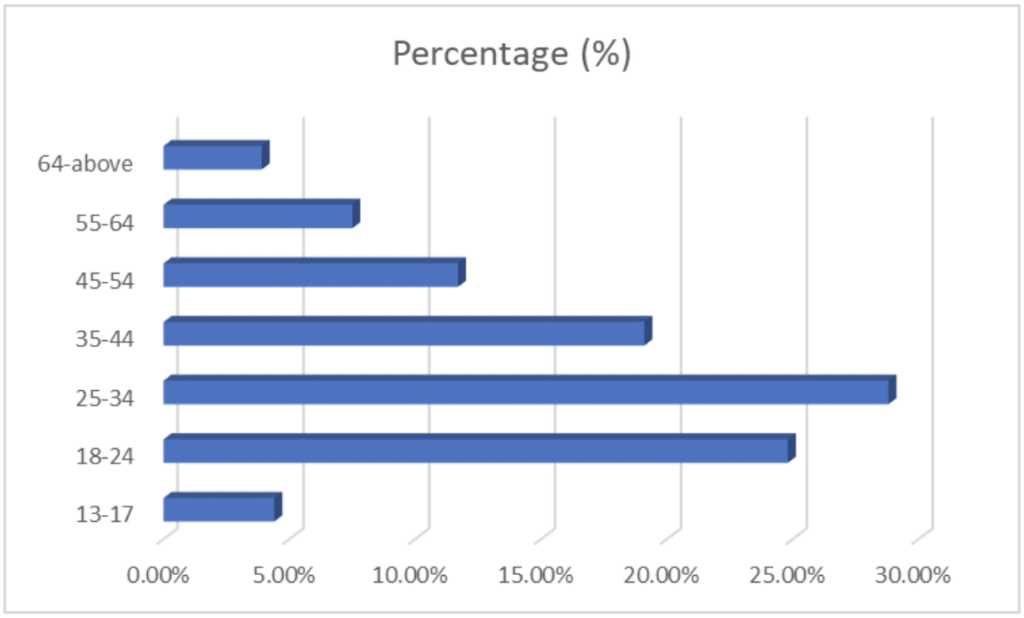
By Gender
The proportion of users based on gender isn’t that high. The percentage of men using Instagram in the UK is 43.52, while women account for 56.52.
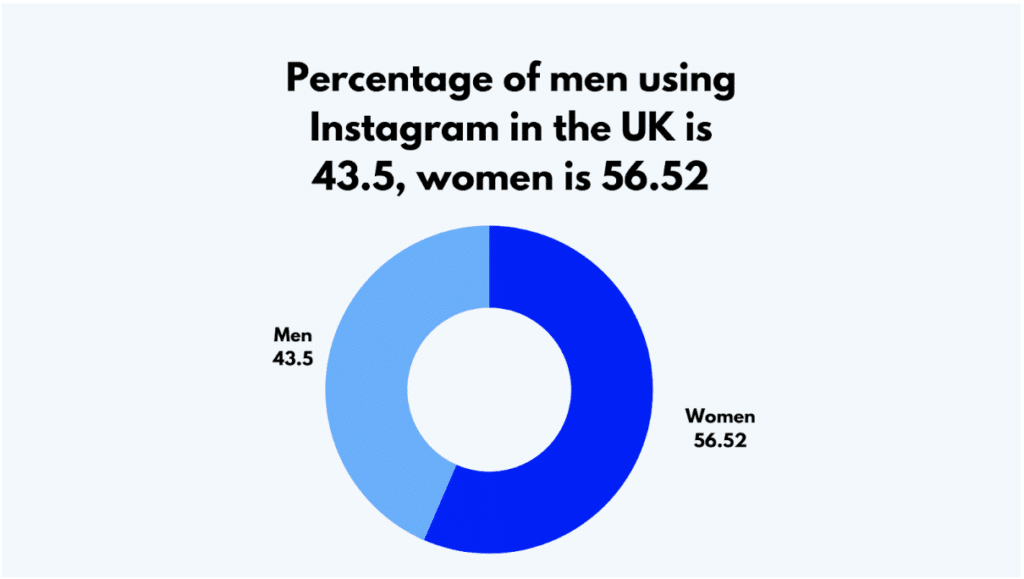
YouTube
By Age
The total number of YouTube users in the UK is around 57.63 million, equivalent to 84.3% of the country’s population.
The table below shows the statistics for UK YouTube users.
| Age Distributions | Percentage (%) |
| 18-243 | 24 |
| 25-344 | 21 |
| 35-444 | 16.6 |
| 45-above | 38.4 |
Graphical Representation
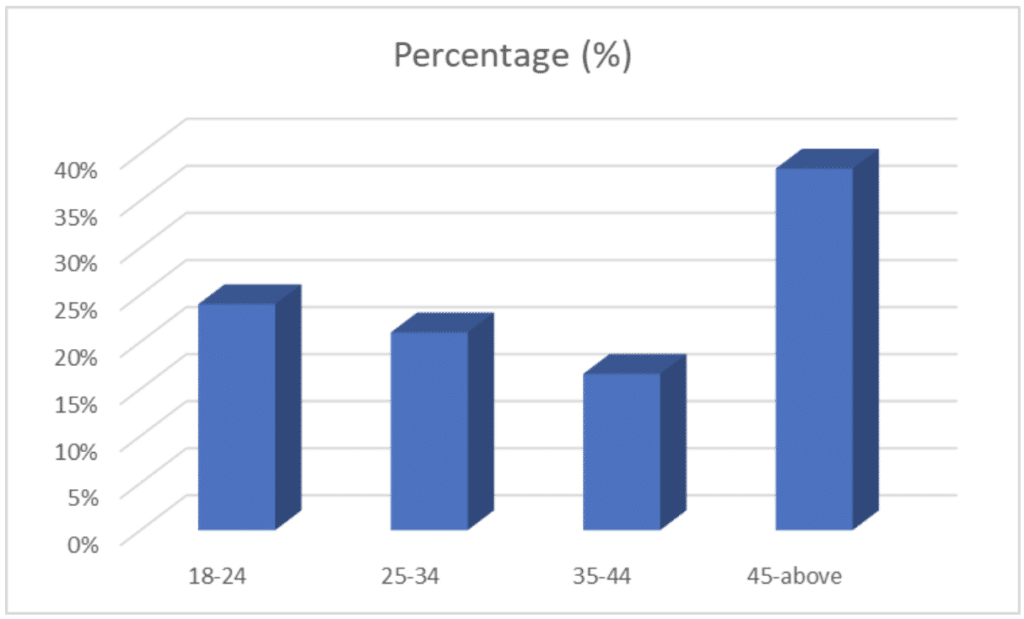
By Gender
The number of users by gender is almost the same, as the number of male users accounts for 54%5, and women take approximately 46%5 of the user’s accounts.
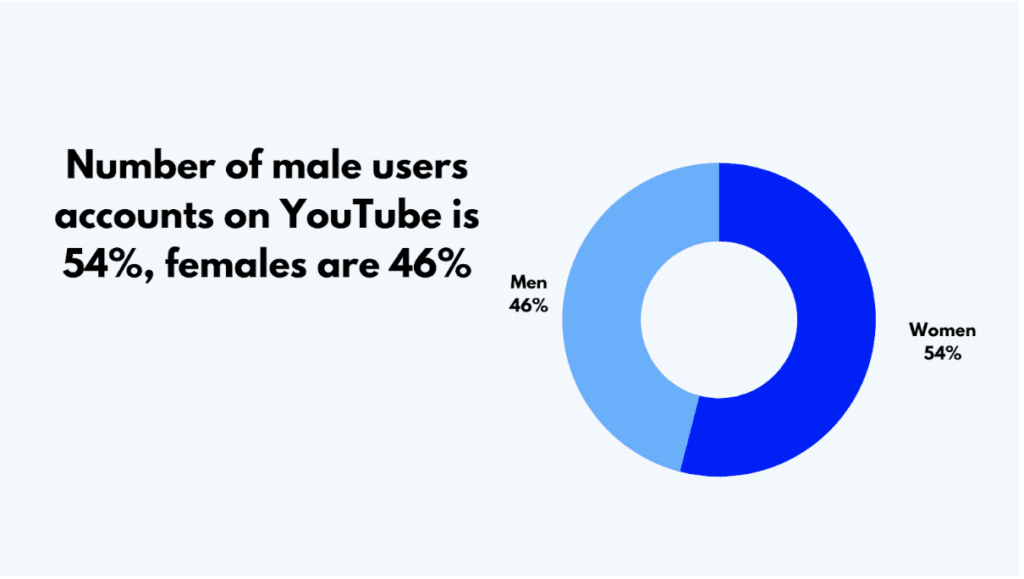
TikTok
By Age
The number of TikTok users in 20225 was 17,464,020. The table below shows each age group’s demographic in the country.
| Age Distributions | Percentage (%) |
| 13-246 | 42.9 |
| 25-346 | 31.2 |
| 35-446 | 12.3 |
| 45-546 | 6.3 |
| 55-above | 7.3 |
Graphical Representation
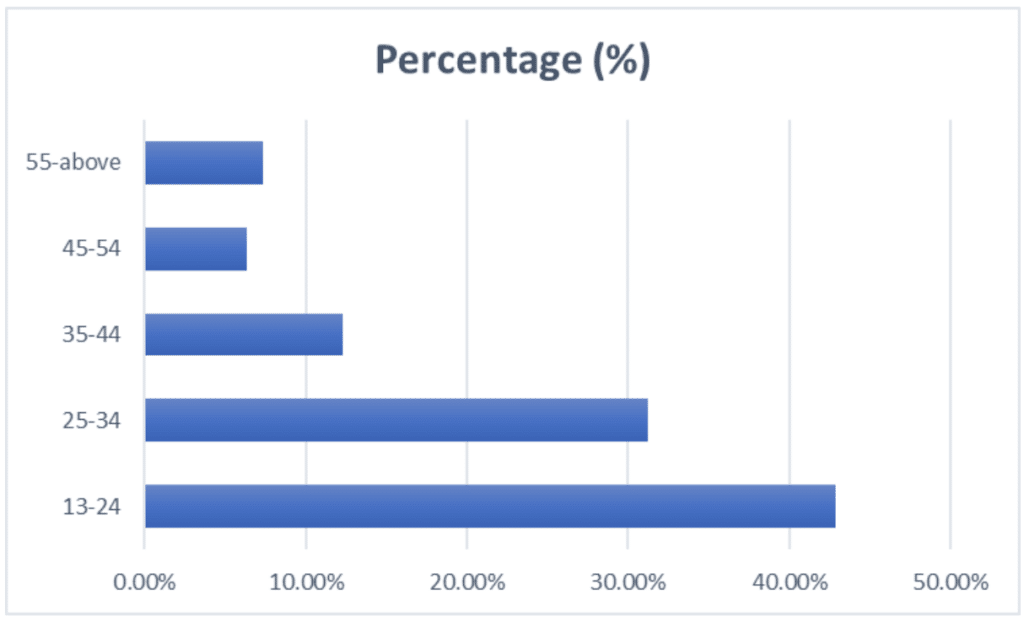
By GenderIn the UK, the number of female users of TikTok is 66.25%7, and the number of male counterparts is 33.75%7.
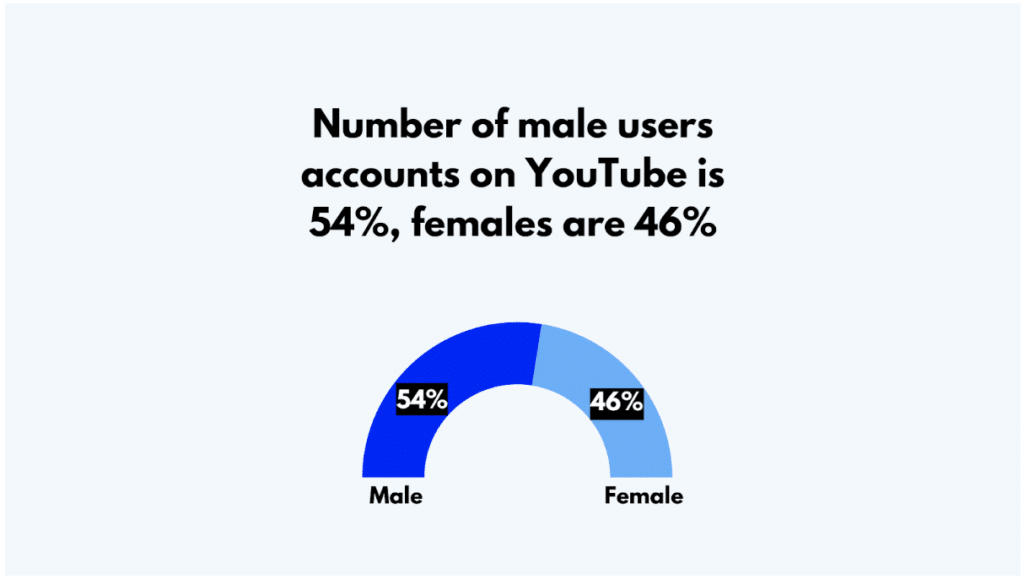
Creator Economy Social Media Platforms to Watch out For
Like other leading social media platforms, some of the
- Twitch
Twitch is a live-streaming platform primarily focused on gaming. There are over 2.678 million viewers who watch live streams at any given time. It has more than 300,0009 partners and affiliates, showcasing the platform’s success in the creator economy.
Twitch allows content creators to engage with their audience in real-time. They can monetize their streams through subscriptions, donations, and advertisements and build a loyal community around their content.
- Patreon
Patreon enables creators to receive recurring financial support from their fans. There are over 250,000 creators generating revenue through the platform. The platform supports a network of more than 210,000 creators. Also, its users have earned over $2 billion combined.
Patreon allows creators to offer their patrons exclusive content, perks, and experiences. This helps foster a strong connection with their audience and provides a stable income source.
- Substack
Substack is a newsletter subscription platform. It has gained over 1 million paid subscribers and millions of monthly readers since its launch in 2017. The top 10 authors on Substack collectively make over $20 million per year.
Substack enables writers to publish free and paid newsletters directly to their audience’s inboxes. This helps them monetize their content and build a dedicated subscriber base.
Sources: Statista1, Statista2, Money Transfer3, Statista4, Social Films5, Digimind6, Smart Home Fox7, New Schaffer8, Influencer Marketing Hub9, Blogging Wizard, Backlinko, Sell Course Online, Backlinko Substack
Sector-Specific Analysis for UK Creator Economy
There are different kinds of creators in the economy and the UK as a whole. We’ll be specific by handpicking some sectors to look into. The growths of each sector are as well analyzed.
- Beauty
Beauty influencers embrace the creator economy to speak directly to audiences and find more significant control over what they create and share.
Market Size
The beauty industry in the UK contributed $31.5 billion to the UK economy in 20221.
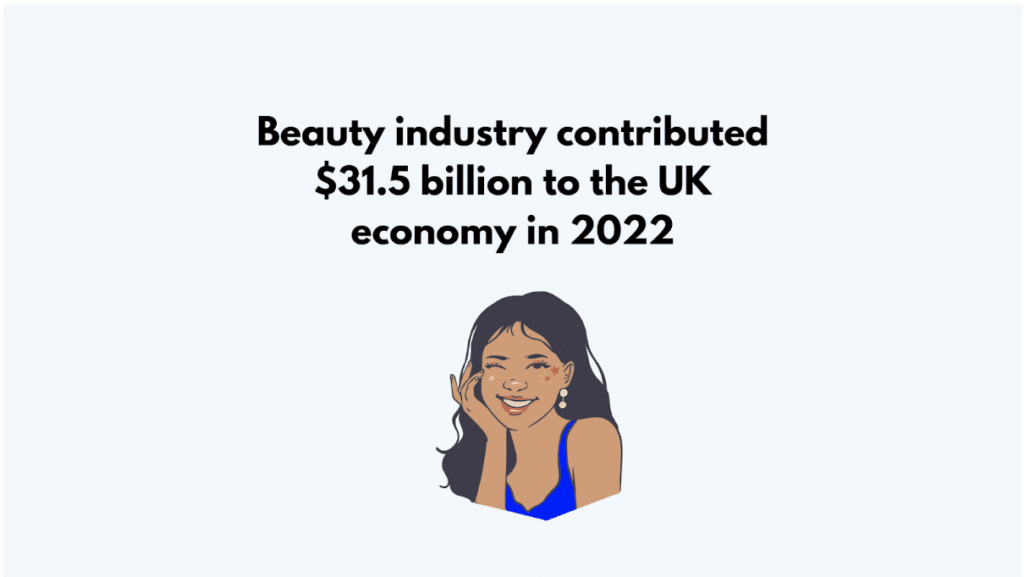
Market Growth
The industry is projected to grow annually by 1.84% between 2023 and 20282.
- Gaming
The creator economy within the gaming industry has seen substantial growth. The following proves the highlights.
Market Size
The UK’s gaming market value will reach USD0.46 billion in 20233.
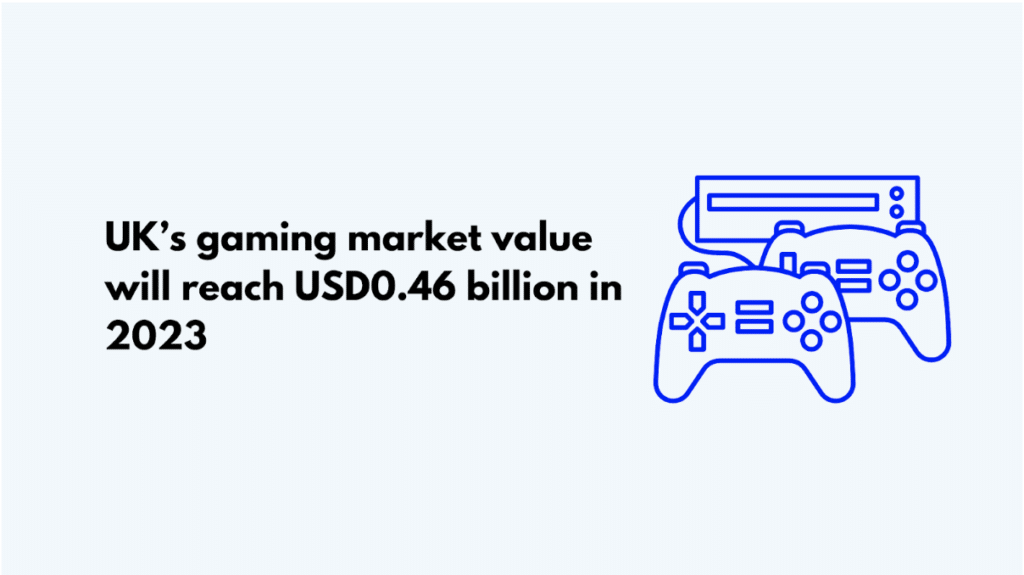
Market Growth
The market size is expected to grow at a CAGR of 10.84% from 2023 to 20273.
- Education
With more students seeking alternative learning options that can lead to successful careers, adapting this to the system will help students thrive in the creator economy.
Market Size
In the UK, the total revenue was projected to reach USD280.20 million in 20224.
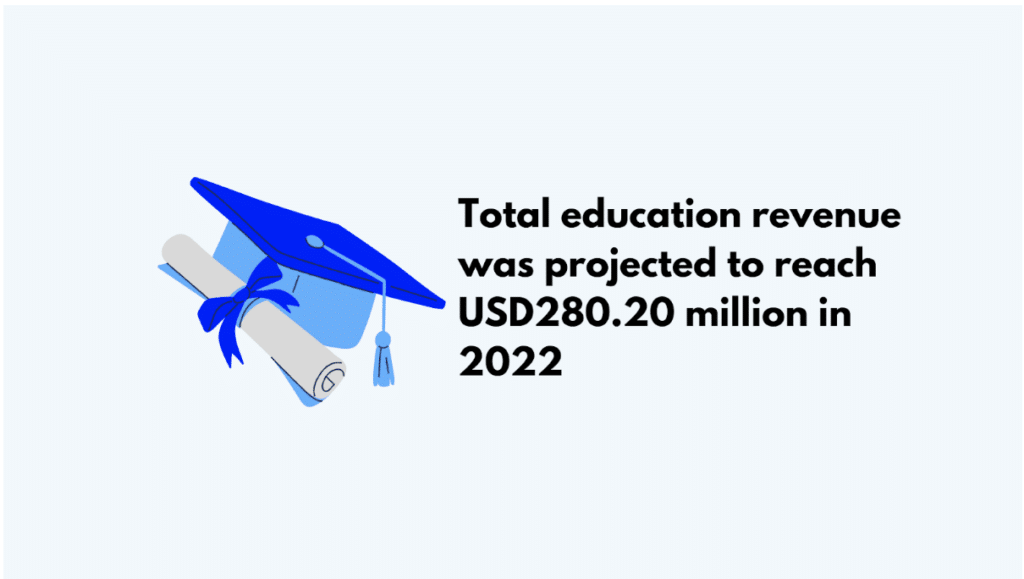
Market Growth
The annual education growth rate is predicted at a CAGR of 10.89% from 2022 to 20274.
- Vlogging
YouTube is the most popular platform for users in the UK. Below are the stats of YouTube as a vlogging in the UK creator economy.
Market Size
In 20215, approximately 41.40 million users from the United Kingdom were using YouTube.
Market Growth
By 20255, the forecast number of YouTube users will be 44.38 million.
Sources: Cosmetic Business1, Statista2, Statista3, Statista4, Statista5
The Creator Economy’s Contribution to the UK’s GDP
The creator economy is growing rapidly in the UK. It has significantly contributed to the country’s GDP, creating numerous employment opportunities. In 20211, YouTube’s creative ecosystem contributed more than $1.8 billion to the UK’s GDP.
In the creative sector, growth has consistently outperformed the wider economy. In fact, the past decade has seen the industry contribute to $138.8 billion2 in gross value added (GVA) annually.
Job Creation and Employment Dynamics
The creator economy has been a driving force for job creation in the UK. More than eight million new creators have joined the UK creator economy since 20203. Also, the group is growing by more than 165 million to 303 million creators globally in the past two years.
When it comes to employment creation, one in four Brits describe themselves as content creators. This accounts for 16.53 million creators in the UK, approximately 25% of the population. However, most UK creators see creating content as a side hustle, with 65% fully employed.
- YouTube’s Impact on the UK Economy
YouTube has played a significant role in the UK’s creator economy’s growth. According to research, YouTube’s creative ecosystem supported more than 40,000 full-time equivalent jobs in the UK in 20211.
This proves that successful channels not only provide jobs and income for creators, but also help further jobs and income in the supply chains behind the content and through workers’ spending.
- Growth of the Creative Sector
The UK government identified the creative sector as a priority. In a report, Prime Minister Rishi Sunak allocated $98.99 million2 in fresh investment for the sector. The Sector Vision focuses on key principles such as facilitating innovation and investment and building a skilled workforce.
Generally, the creative economy represents around 7% of total employment across nine major economies, including the UK. The fact remains that it has been growing faster than the wider economy in all nine countries.
- The Future of the Creator Economy
The creator economy is expected to continue growing. The total addressable market is projected to double over the next five years to $480 billion by 20274 from $250 billion today.
Also, the number of global creators is expected to grow at a 10-20% compound annual growth rate during the next five years. This means as the creator economy expands, it may create even more job opportunities and contribute further to the UK’s GDP.
Impact of Creator Economy on Related Industries in the UK
The creator economy functions as a separate entity and positively influences the UK’s GDP. The more it grows, the more the need for other industries to take advantage of it. Sectors like advertising, tech, and entertainment are closely related. Let’s examine each one.
- Advertising
The rise of the creator economy has disrupted traditional advertising models and led to a shift in marketing strategies. Brands and advertisers increasingly partner with creators to help them reach their target audiences as they can create authentic content that resonates with consumers.
According to a survey, 48% of brands invested at least $100,000 in creator marketing. On the other hand, 66% spent more on creator-driven marketing activities in 2021 than in 20205. This shift towards creator-driven marketing changed how brands approach advertising. Thanks to platforms like Instagram and TikTok which enable channels for creative campaigns.
- Tech
The creator economy has also significantly impacted the tech industry by driving the development of new tools and platforms to support creators. The number of creator-focused startups increased by 550% between 2021 and 20226. These startups develop myriad products and services, including app-specific editing tools, multi-channel analytics, and merchandising tech.
The growth of the creator economy has also led to increased investment in the sector, with a record $1.3 billion in funding in 20217. This investment has fueled the development of new technologies and platforms that enable creators to monetize their content more directly and earn a larger share of the overall revenue.
- Entertainment
The creator economy has transformed the entertainment industry by enabling independent creators to reach audiences directly and on their own terms. This shift has led to a rise in user-created content (UCC)5, which now makes up 39% of media hours compared to 61% for studio content.
The creator economy has also contributed significantly to the UK’s GDP, with YouTube’s creative ecosystem alone contributing over $1.8 billion1. This growth means creators can now access tools and platforms to monetize their content and build platform-agnostic communities.
Sources: Oxford Economics1, Variety2, Verge3, Deloitte, Goldman Sachs4, YouGov5, Inside Intelligence6, CB Insights7,
Conclusion
The UK Creator Economy is a rapidly growing and evolving ecosystem that offers significant opportunities for creators, brands, and platforms. As the industry continues to expand and adapt, all stakeholders need to stay informed and engaged to maximize the potential of this burgeoning market.
